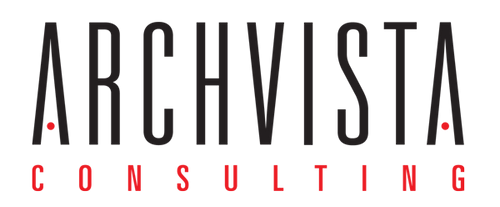It’s your first big decision as you start your architecture practice. Not finding the perfect office space, but choosing your cyberspace.
The lightning speed relocation from office to home last spring was just the beginning of transforming how firms work. Project teams “don’t  have to be in same room, same town, same continent,” according to Tom Simmons from Archvista Consulting. Your perfect office can be anywhere. “We saw that firms solidly grounded in BIMcloud made the shift to remote work without missing a beat.” BIMcloud is Graphisoft’s option for secure real-time collaboration between project team members no matter where they are located.
have to be in same room, same town, same continent,” according to Tom Simmons from Archvista Consulting. Your perfect office can be anywhere. “We saw that firms solidly grounded in BIMcloud made the shift to remote work without missing a beat.” BIMcloud is Graphisoft’s option for secure real-time collaboration between project team members no matter where they are located.
Thriving in this new reality requires challenging old expectations. It’s no longer enough to use CAD technology or BIM to simply produce better 2-D drawings. It means full immersion into 3-D design and value added services to “wow” clients.
One Start-up’s Choice
Small start-ups are taking advantage of the shake up, like LA based Studio Como. In a recent ByDesign interview, Blaire McPherson and  Loren Perry – who founded Studio Como in January 2020 – discussed how they had to make a critical decision on software. Their experience working in BIM with Autocad and Revit led them to choose to operate in Archicad instead. This 3-D virtual building environment allows them to work in one program from schematic design sketching to construction documents, eliminating the need for multiple programs at difference phases. Starting and finishing in the same software with everyone working on the same model is the place for the greatest gains in productivity and opportunities for small, nimble firms to compete with more established practices.
Loren Perry – who founded Studio Como in January 2020 – discussed how they had to make a critical decision on software. Their experience working in BIM with Autocad and Revit led them to choose to operate in Archicad instead. This 3-D virtual building environment allows them to work in one program from schematic design sketching to construction documents, eliminating the need for multiple programs at difference phases. Starting and finishing in the same software with everyone working on the same model is the place for the greatest gains in productivity and opportunities for small, nimble firms to compete with more established practices.
And it’s more than just labor efficiency, it’s the design freedom to change materials and explore concepts by simply “painting” surfaces in a real time rendering. McPherson and Perry say they were both “trained in audience based design” focused on what’s important to users of their spaces. An integrated BIM design process supports interactive modeling across seasons, weather and activities to help those that will be inhabiting or developing a space, better visualize proposed concepts in a real world context.
Interactive modeling also provides a richer communication of design intent throughout the design and construction team. McPherson and Perry credit an early career mentor with training in the importance of clarity and accuracy in documentation, and choosing Archicad helps them meet that goal. The latest update of the model can be accessed from the field in a tablet interface for consultants, contractors and subcontractors. The ability to choose the right view into the model at the right time is an ideal tool for getting the intended results on the job site. You can find the full interview with Studio Como’s founders at https://graphisoft.com/us/bydesign/undivided/generation-next.
Flexibility & Nimbleness Required to Compete
In Phil Bernstein’s April 2020 article in Architectural Record on “Ten Thoughts on the Future of Practice,” Bernstein posits a “new  generation of younger, digitally-facile practices, with workers and talent distributed globally, will emerge to compete with traditional incumbents.” Studio Como embodies this new generation with a focus on flexibility and nimbleness.
generation of younger, digitally-facile practices, with workers and talent distributed globally, will emerge to compete with traditional incumbents.” Studio Como embodies this new generation with a focus on flexibility and nimbleness.
The disruption in how firms work and the importance of choosing the right cyberspace affects more than just the design process. It has an impact on everything from the best way to communicate with key stakeholders, to the flexibility teams have in their work environment, to the ability to control costs and be profitable. Deciding to plant your firm solidly in the BIM world will have a longer lasting impact on your future than finding the right street address.
If you’re looking at your options, check out our upcoming webinars.
Written by Sue Lani Madsen, AIA Member Emeritus, Freelance Columnist
You can reach Sue Lani at [email protected]
